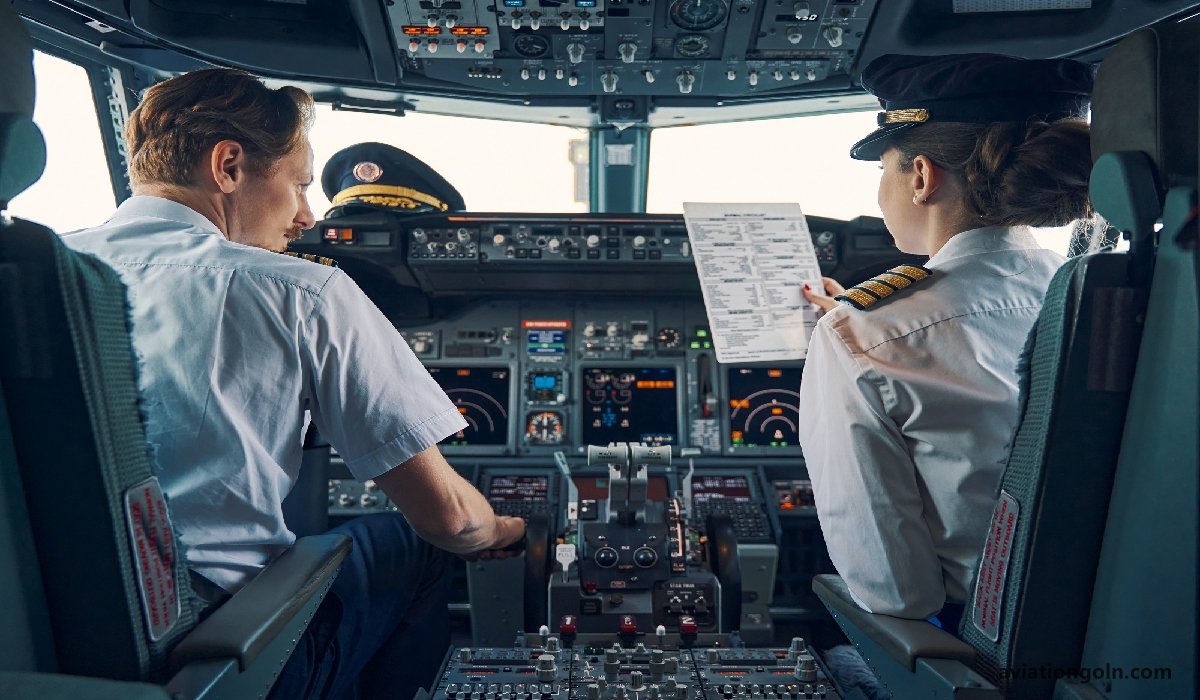In the world of aviation, marine, and even general communications, clarity and understanding are of utmost importance. Miscommunications can lead to potentially dangerous situations, financial loss, or simply general confusion. This is why phraseology — a set of standardized terms and phrases — was developed for these industries.
One of the most common terms used to indicate a lack of clarity or understanding in communication is “SAY AGAIN.” It’s a simple, universally recognized request to repeat the previous transmission. This article delves into the importance of this phrase, its applications, and best practices for ensuring effective communication.
“SAY AGAIN” Phraseology Guide

1. What is Phraseology?
Phraseology is a standardized set of terms and phrases designed to facilitate clear and concise communication. By utilizing standardized terminology, individuals from various parts of the world, or within various sectors of an industry, can communicate with a mutual understanding.
In industries where safety is paramount, such as aviation, the precise use of these terms can be a matter of life and death. As such, phraseology is rigorously taught and practiced.

2. The Importance of “SAY AGAIN”
The phrase “SAY AGAIN” carries significant weight. It’s not just a mere request for repetition but an admission that the recipient did not fully understand or capture the previous message. By using “SAY AGAIN”, a person:
- Prioritizes Safety: Especially in aviation, misunderstandings can lead to catastrophic results. “SAY AGAIN” is a tool to ensure that messages are received correctly.
- Encourages Clear Communication: Using “SAY AGAIN” can act as feedback for the sender to modify their communication for clarity.
- Eliminates Assumptions: It prevents the receiver from making potentially dangerous or incorrect assumptions based on partial information.

3. Situations Where “SAY AGAIN” is Used
- Aviation: Pilots and air traffic controllers utilize “SAY AGAIN” frequently. Whether it’s for reconfirming a flight path, understanding current weather conditions, or ensuring clear landing instructions, this phrase ensures both parties are on the same page.
- Marine: On the high seas, captains and coast guards may need to reconfirm routes, understand weather advisories, or clarify docking procedures.
- Military Operations: In tactical situations, understanding commands clearly is vital. Soldiers, commanders, and operatives might use “SAY-AGAIN” to confirm orders, especially in noisy or chaotic environments.
- General Communication: Even in everyday conversations, especially over radios or poor-quality phone lines, “SAY AGAIN” can be handy to ensure the message gets across.

4. Common Misunderstandings and How to Avoid Them
“Please repeat” and “Come again” are phrases that are sometimes used interchangeably with “SAY-AGAIN”. While their meaning might be understood in casual communication, in professional sectors like aviation or marine, it’s essential to stick with the standard “SAY AGAIN” to avoid ambiguity.

Avoid Using “REPEAT” in Aviation: In military settings, “REPEAT” is used to request artillery fire to be conducted again. Using “REPEAT” instead of “SAY AGAIN” in civilian aviation can cause confusion, especially if military aircraft are in the vicinity.
Less is More: Especially in high-stress situations, keeping communications brief and to the point can be lifesaving. Using standardized phraseology cuts down on unnecessary chatter and ensures efficient communication.

5. Tips for Effective Use of “SAY AGAIN”
- Speak Slowly and Clearly: Especially when using radios or when there’s background noise, it’s crucial to speak more slowly and enunciate.
- Wait for a Pause: Before using “SAY AGAIN”, ensure the other party has finished speaking. This avoids talking over each other and further confusion.
- Specify the Unclear Part: If only a part of the message was unclear, specify that segment when asking for repetition. For example, “SAY-AGAIN the altitude” or “SAY-AGAIN the last instruction”.
- Clarify with Readbacks: Especially in aviation, reading back the instruction ensures both parties are clear. For instance, if an air traffic controller provides a heading, the pilot can read it back for confirmation.
- Limit Background Noise: If possible, reduce the background noise before communicating. This is especially relevant for pilots in open-cockpit aircraft or sailors on windy decks.

6. Final Thoughts
The phrase “SAY-AGAIN” embodies the essence of effective communication: clarity, understanding, and mutual respect. In industries where precision is paramount, this simple phrase can be a critical tool for safety and efficiency.
Remember, never hesitate to use “SAY-AGAIN” if there’s any doubt about a message received. It’s always better to ask for clarification than to act on misunderstood information. The culture of clear communication, underlined by standardized phraseology, ensures that industries worldwide operate smoothly and safely.
See more:
